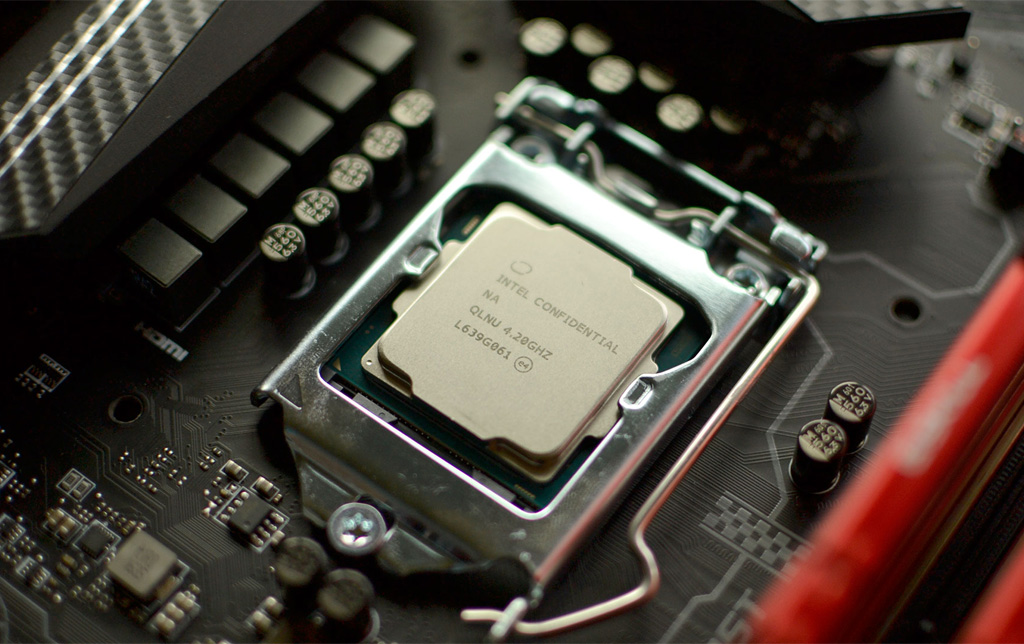What is Vcore and how can I use it to lower my CPU temperatures?
It's all about minute adjustments for optimum performance and power.

What is Vcore?
Vcore, or voltage core, is the primary core voltage that is supplied to your CPU from your motherboard, and is determined by your processor's voltage identification definition (VID) and is essentially whatever the maximum voltage is that is defined by the CPU manufacturer.
Each CPU model has its own defined VID but not all CPUs in the same model actually require the same voltage values to run stably. This is because all CPUs are slightly different. Depending on the silicon quality, some CPUs will require more and some will require less—AMD and Intel just provide the VID that they know will ensure stability on all the CPUs made for a particular model.
Vcore, however, can fluctuate in values. Depending on the speed your CPU is running at and its load, Vcore can fall and rise. Under normal circumstances, your motherboard's BIOS will set Vcore values automatically, and there's nothing you need to do.
Inside the BIOS, Vcore is usually expressed with three decimal values, such as 1.123v. This value is usually set to Auto, but you can change it in your BIOS to manual and define your own Vcore if you wanted to overclock your CPU.
Undervolting can reduce CPU temperatures comparable to deliding your CPU.
Mild overclocking will usually not require a boost in Vcore values, but under more extreme cases, the CPU will demand a higher Vcore to sustain higher frequencies. Since a particular CPU may have a VID that's higher than it actually needs, Vcore can actually be adjusted lower—called undervolting—to save on power consumption and reduce operating temperatures.
The safest way to adjust Vcore is in increments of 0.01 volts. You can lower your CPUs Vcore gradually until the system crashes under load. Being able to boot into Windows alone won't be a sufficient indicator of system stability. Once you reach a low Vcore value that your system crashes at, go back up in small steps until it becomes stable. You can refine values further by adjusting in 0.001increments to get the optimum Vcore.
Doing this can reduce CPU temperatures significantly, and is a much better way to achieve better cooling than even upgrading your CPU cooler. In fact, undervolting can reduce CPU temperatures comparable to deliding your CPU. Give it a try!
Keep up to date with the most important stories and the best deals, as picked by the PC Gamer team.


